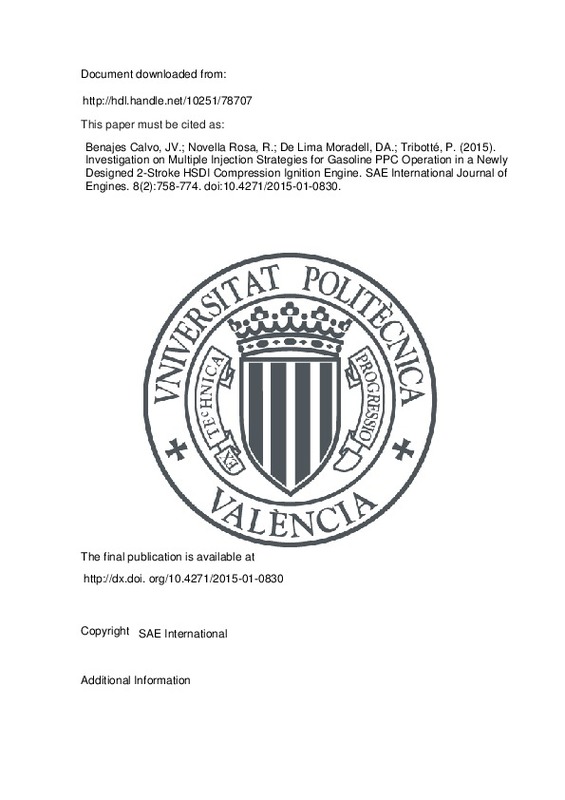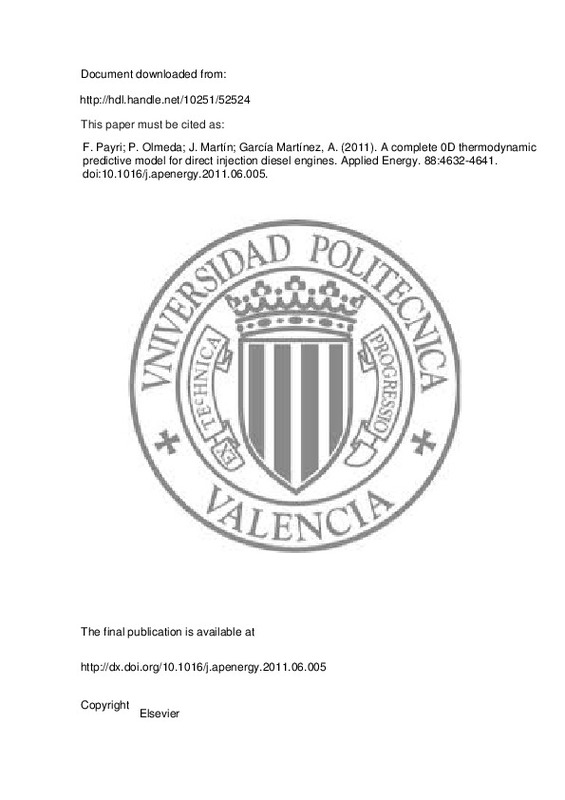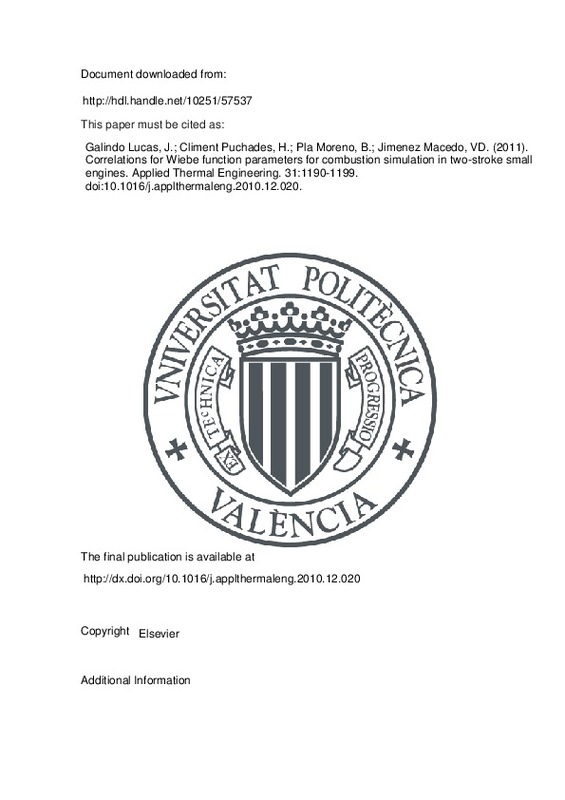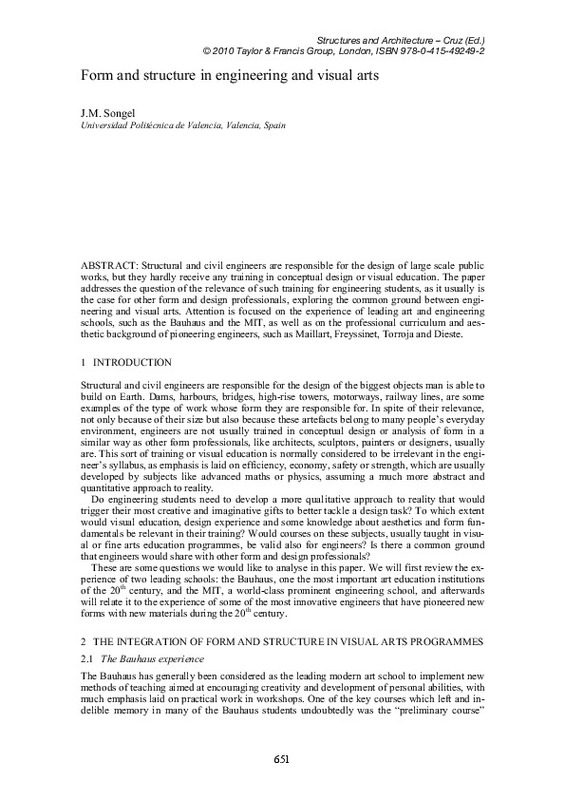|
Resumen:
|
Partially Premixed Combustion (PPC) of fuels in the gasoline octane range has proven its potential to achieve simultaneous reduction in soot and NOX emissions, combined with high indicated efficiencies; while still retaining ...[+]
Partially Premixed Combustion (PPC) of fuels in the gasoline octane range has proven its potential to achieve simultaneous reduction in soot and NOX emissions, combined with high indicated efficiencies; while still retaining proper control over combustion phasing with the injection event, contrary to fully premixed strategies. However, gasoline fuels with high octane number as the commonly available for the public provide a challenge to ensure reliable ignition especially in the low load range, while fuel blends with lower octane numbers present problems for extending the ignition delay in the high load range and avoid the onset of knocking-like combustion. Thus, choosing an appropriate fuel and injection strategy is critical to solve these issues, assuring successful PPC operation in the full engine map. In this framework, the objective of the present investigation consists of evaluating the use of multiple injection strategies for achieving stable PPC operation, attaining low NOX and soot emissions together with high efficiencies. This research was carried out in a single-cylinder DOHC 2-stroke HSDI CI engine using 95 Research Octane Number (RON) gasoline fuel. Three different operating conditions in terms of indicated mean effective pressure (IMEP) and speed were investigated: 3.1 bar IMEP and 1250 rpm, 5.5 bar IMEP and 1500 rpm and 10.4 bar IMEP and 1500 rpm. Parametric variations of injection timings, at different rail pressures and different fuel split between injections were experimentally performed to analyze the effect of the injection strategy over the combustion process, exhaust emissions and efficiency levels. Experimental results confirm how using an appropriate injection strategy helps to achieve stable PPC operation in the selected operating conditions; with competitive combustion stability, lower NOX and soot levels, and moderate CO and HC emissions with combustion efficiency over 96%, compared to Conventional Diesel Combustion (CDC). Finally, a detailed analysis of the local cylinder conditions was performed by means of 3D-CFD simulations in order to provide guidelines for further optimization of the gasoline PPC concept, when using multiple injection strategies in the 2-stroke engine under development.
[-]
|







![[Cerrado]](/themes/UPV/images/candado.png)





